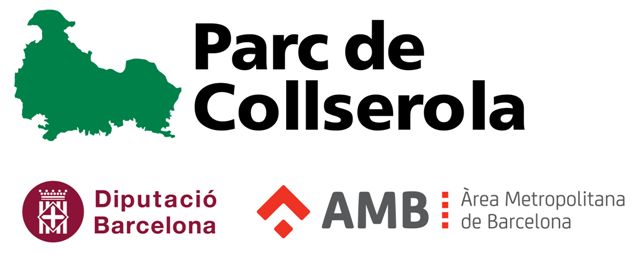Case Study
Restoration of 2 degraded areas on the Collserola Natural Park boundaries: improving nature and the quality of life of citizens
Contact name
Marta Doñoro Moya
Institution name
Consorci del Parc Natural de la Serra de Collserola
Region & country
Área Metropolitana de Barcelona – Catalunya (España)
Summary
Collserola Natural Park (8,200 ha) is a green island completely surrounded by urbanized areas and more than 3 M inhabitants. In many sections of its periphery, the contact of the protected zone with the urban area is degraded and unstructured. The great challenge of Collserola Park is to reverse this situation of marginality, improve and restore this entire transition zone, return it to its natural characteristics and offer an opportunity to the citizens and neighborhoods to use and enjoy nature in the nearby surroundings, including them as main actors and defenders of these spaces. At the same time buffer zones are created on the periphery of the park that absorb and concentrate public use.
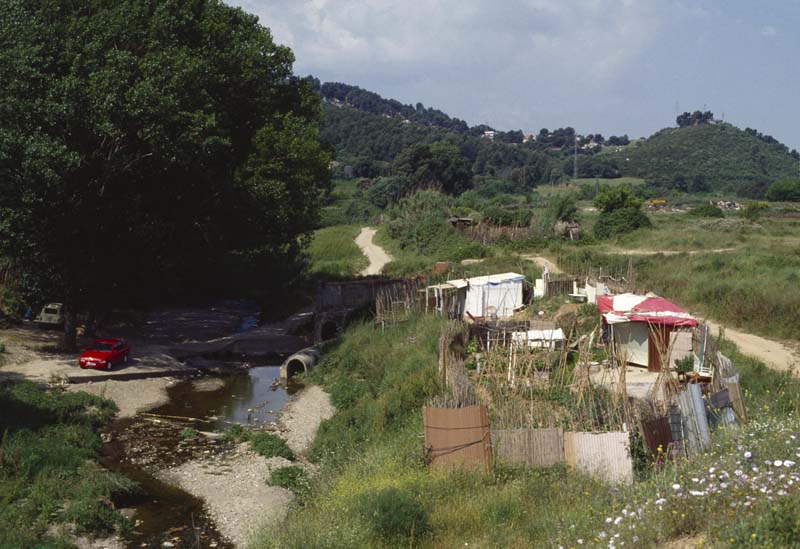
The situation of the Canaletas Park before the action. It was abandoned and totally degraded land used as an uncontrolled landfill
Consorci del Parc Natural de Collserola
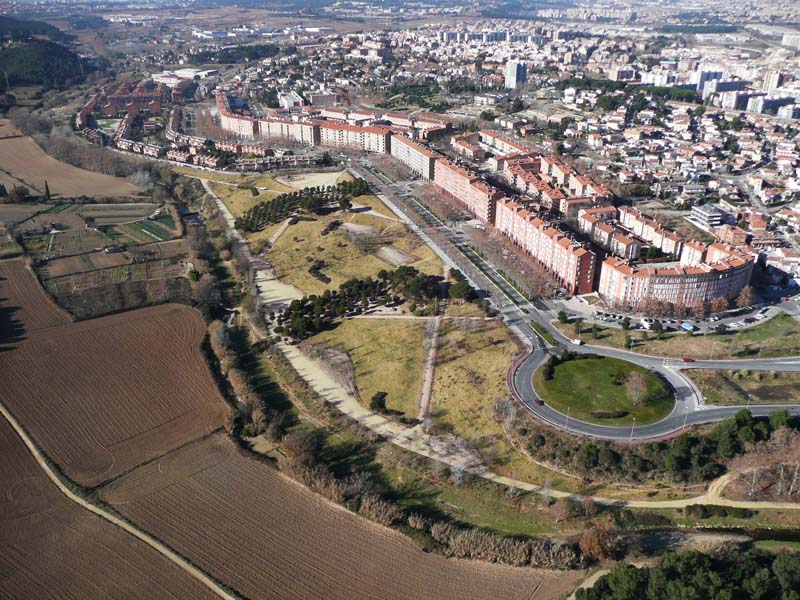
The Canaletas Park now, an urban green area in the bounder of the Collserola Natural Park
Consorci del Parc Natural de Collserola
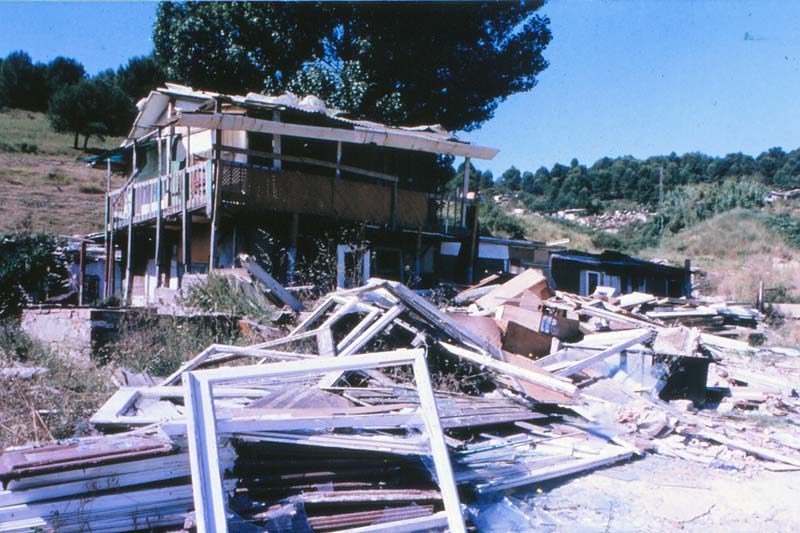
The situation of the territory of Can Cuiàs before the action. It had been illegally occupied with a huge nucleus of illegal constructions
Consorci del Parc Natural de Collserola
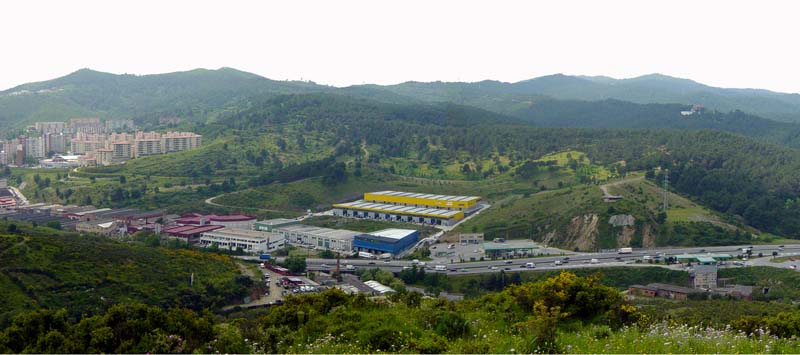
The territory of Can Cuiàs now, an urban green area, adjacent to an industrial zone, in the bounder of the Collserola Natural Park
Consorci del Parc Natural de Collserola
Background of the project
- The territory of Can Cuiàs (municipality of Montcada i Reixac), adjacent to an industrial zone and qualified as an equipment area, had been illegally occupied with a huge nucleus of illegal constructions. Its situation was strategic because a new neighborhood was being built next to it.
- The Canaletes Park (municipality of Cerdanyola del Vallès) was an abandoned and totally degraded land, used as an uncontrolled landfill, but considered in the urban planning as urban, sports and green areas.
- In the case of Can Cuiàs we decided to restore it to a green area for walking and relaxing activities. Hereby, we made sure that this area would acquire characteristics of the adjacent natural space over time and improve its conditions as a buffer zone.
- In the case of the Canaletes Park, it had to be transformed, acquiring naturalistic conditions. The City Council renounced to the development of sports facilities and therefore improved the penetration of the natural park into the urban area.
Solution and actions taken
- In Can Cuiàs, the City Council was convinced to promote this zone as an area with natural park conditions. Therefore, a collaboration agreement was signed with the City Council of Montcada i Reixac.
- In the Canaletes Park, the City Council had to be convinced to rethink the original planning and move from an urban green and sports facilities area to a naturalized zone.
- The Park organized workshops with the city councils, where proposals were discussed and agreed. Subsequently they were exposed to the political leaders who agreed with the new approach.
- In Can Cuiàs, the Consortium of the Park drafted the project and assumed the direction of the work execution; while the financial costs would be shared.
- In the Canaletes Park agreement, the participation consisted in the elaboration of the project and the co-supervision of the implementation of the project.
Other institutions or parties involved
Just in the Canaletes Park case, the intervention of the Barcelona Metropolitan Area was essential to obtain ERDF funds and finance part of the project. It was an agreement between administrations in which the initiative of the action was carried out by the Consortium of the Park.
Once the proposals were agreed on, they were presented to the organizations and associations of the municipalities who received them positively as they represented an environmental improvement.
Results
These actions are considered to be essential for the quality of life of citizens of both municipalities, especially those who live nearby. They constitute an asset for the quality of life of the city and practically nobody can recall the original degradation of these spaces.
On the other hand, the maintenance of the Canaletes Park, which is a City Council responsibility, has a lower maintenance than would be desirable according to the criteria of the park.
Challenges
At first, the City Council of Cerdanyola del Vallès did not want to renounce to the construction of sports equipments and playgrounds, nor to the recreational use of the stream, for they considered it a necessity for the municipality. Nonetheless they later found alternative sites and the project could be developed according to the criteria of the Park.
Lessons learned
Restoration of degraded areas allows changing its marginal character and improves the local population’s life quality. This appropriation tends to reduce vandalism and marginalization, being the nearby neighborhoods the most benefited of it.
Interventions in the park’s periphery and in buffer zones between the Park and the urban areas are essential to reduce drastically the impacts, as it is along the border where most friction occurs.
Contact name
Marta Doñoro Moya
Institution name
Consorci del Parc Natural de la Serra de Collserola
Website(s)
